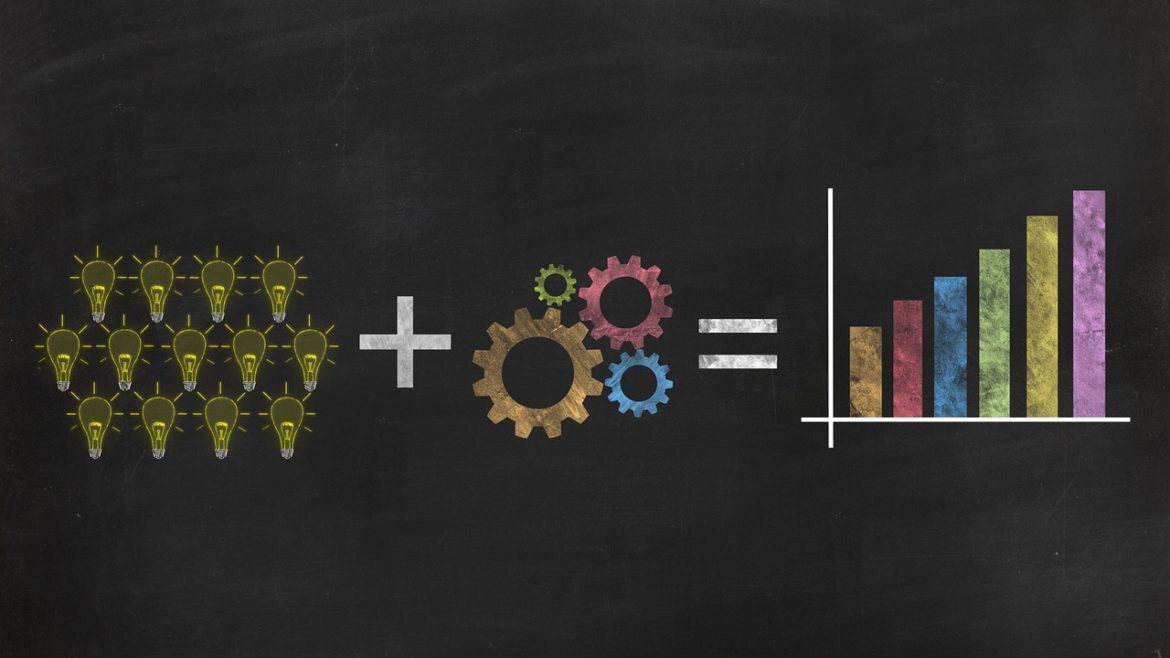An IEP goal bank is a tool many schools use to write goals for students. If it comes from an official IEP goal bank, then it must be a goal dedicated to helping your child maximize their education, right?
Not necessarily. While we—as advocates—are certain that some IEP goal banks may contain well-written SMART goals (Specific, Measurable, Achievable, Realistic, and Timely), many do not. We have been in IEP team meetings when we politely point out that a goal is not specific or measurable, and the person who wrote the goal says “Well, it must be because I found it in an IEP goal bank.”
Why are goals from IEP goal banks not the best goals for your child with special needs?
Here is a brief outline of how IEPs are supposed to work: needs drive assessments, assessments drive baselines and goals, goals drive supports, services, and placements.
Baselines (a clear and precise description of what the student is able to do now) and goals (also a clear and precise description but instead it is of where we expect the student to be in one year) are key parts of the IEP process. They are how we measure the student’s progress and the effectiveness of the supports we are providing within the IEP.

Here is where things go awry: IEP goal banks cannot provide specific baselines because every student’s needs vary. Most teachers do not receive formal training in how to write SMART goals. We appreciate that teachers do the best they can. Some less optimally written goals throw in numbers like, “John will read at grade level in 4 of 5 opportunities in 3 of 5 trials.”
The teachers and the parents involved often think, “There are some numbers in this goal, so the goal must be measurable.” It is not that simple. Is John reading from a topic that interests him? Is he reading a phrase, a sentence, a paragraph, or a chapter? How will he do in the reading task from a topic that does not interest him? When will the opportunities listed be measured and data on goal progress taken?
If we take a moment to parse the numbers in the goal, 4 out of 5 in 3 of 5 trials translates into a goal of 80% success occuring 60% of the time. 80% of 60% is a goal of a 48% success rate, which is below half. The goal has suddenly changed from seeming like a good challenge for the student to a less-than-impressive achievement, especially when we don’t actually know what they are measuring.
Susie and I think an IEP goal bank is a great tool for sample goals. However, when a teacher defends a not measurable goal by saying they got it from an IEP goal bank, we then work with them to help make it relevant to the student it is supposed to help.
For help at your child’s next IEP meeting, more information about special education advocacy services, or for a FREE 20-minute consultation to see if we are a good fit for you, call or fill out our contact form.
As parents, we understand. As advocates, we can help.
